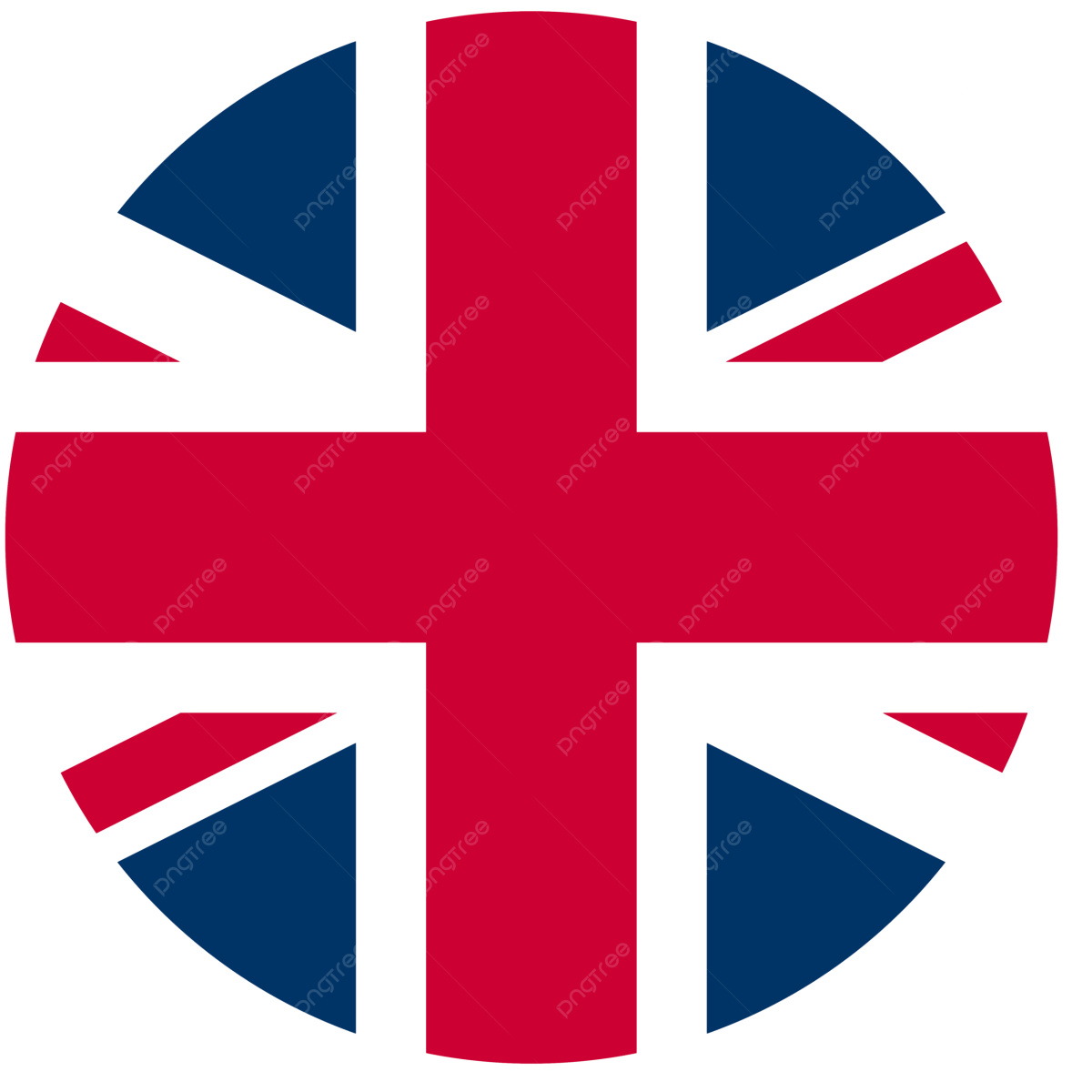This article shows how staging furniture converts vacant rooms into clear, compelling spaces that photograph well and guide in-person tours. You will learn when to rent, buy, or mix approaches, plus how virtual assets speed your listing to market with less logistics. With a focused plan from Bella Staging, your gallery tells a persuasive story from the first five images onward.
Highlights
- Speed to market: Virtual staging posts next-day, accelerating listing momentum.
- Cost control: Furniture rental reduces upfront spend, maximizes flexibility across listings.
- Buyer clarity: Defined function and scale boost MLS clicks and showings.
Why Staging Furniture Matters in Vacant Homes
Empty rooms often appear smaller and create uncertainty about layout and scale. Furnishing with intent provides anchors, sightlines, and lifestyle cues that help buyers understand use and flow. The right staging furniture enhances these effects, elevating photos, improving showing experiences, and increasing perceived value in vacant properties.


Well-chosen vignettes lift click-through in fast listing feeds where buyers scan quickly. Thumbnails dominated by blank walls typically underperform, while a framed seating group with balanced lighting draws the eye and signals care. Mid-funnel proof matters too, which is why we point to the latest NAR data on home staging, including buyer-agent reports of 1 to 5 percent price impact and shorter days on market as evidence of stronger perceived value, not a guarantee of outcomes.
- Scale clarity: Show true room size with right-size anchors.
- Photo-first framing: Compose scenes for thumbnail legibility and balance.
- Lifestyle cues: Signal living, dining, and work zones instantly.
How Staged Furniture Shapes Buyer Emotions and Decision Confidence
Buyers process spaces faster when scale is obvious and decor is neutral. For a deeper, practical perspective from real estate stagers, review how they use proportion, flow, and color restraint to reduce cognitive load and steer attention to selling features. The goal is broad appeal that moves visitors from curiosity to confidence, not personal expression. This section explains how calmer visuals create that momentum.
Start with three anchors per major room, then add two light accents. Choose slim profiles, lighter rugs, and minimal art to keep attention on architecture. Maintain a tight palette so images read cleanly on mobile. These choices make rooms feel spacious in person while staying legible in search feeds.
- Neutral palette: Broaden appeal, avoid style-specific distractions.
- Tight palette: Ensure visual consistency across the gallery.
- Slim silhouettes: Preserve circulation and strengthen sightlines.
How Furniture Staging Improves Click-Through Rates and Visual Appeal
Portals reward bright, balanced compositions that remain legible at small sizes. This section covers simple camera-facing choices that lift click-through and dwell time.
Place the primary seating group where it is captured from the room entry. Leave negative space around anchors, align verticals, and test phone snapshots from chest height before the shoot. Prioritize a welcoming living room, a calm primary suite, and a dining scene in the first five images to set expectations.
- Entry angle: Capture rooms from natural approach points.
- Negative space: Avoid crowding to keep forms legible.
- Early sequence: Front-load strongest rooms in gallery order.
Show Purpose and Flow with Smart Furniture Placement and Proportion
Ambiguous rooms create doubt and stall decisions. Clear zones communicate purpose and flow, improving both photos and in-person tours. This section gives practical guidance for common layouts.


Use an appropriately scaled anchor, a rug that outlines the zone, and a vertical element like a floor lamp or art. In open plans, float seating to show pathways. For small bedrooms, prove fit with a full or queen bed. A compact desk and armless chair can signal WFH utility without crowding tight spaces.
- Right-size rugs: Outline zones without overwhelming floors.
- Vertical elements: Add height and balance to compositions.
- Floating layouts: Reveal circulation in open concept rooms.
Choosing the Right Furniture Strategy for Speed, Cost, and Flexibility
Choosing between renting and buying depends on timeline, volume, budget, and storage. Here, you will compare flexibility against long-term cost and see when sourcing staging furniture for sale makes sense.
Rent if styles vary by neighborhood or timelines are tight. Buy if you stage frequently and can maintain inventory. Source sale or liquidation pieces to stretch budgets, but inspect quality and plan for storage. When virtual assets can launch the listing quickly, add physical elements only where they create tactile impact.
- Short timelines: Favor rental for speed and variety.
- High volume: Own neutral sets, refresh selectively.
- Cost stretch: Mix sale finds with quality checks.
Watch more: Rental Staging: Complete Guide for Landlords and Property Managers
Why Renting Furniture Delivers Fast, Stylish Results Without Commitment
Rental excels when you need rapid deployment or specific styles without long commitments. This section outlines expectations so there are no surprises.


Review catalogs, confirm inventory holds, and schedule delivery with a defined window. Clarify minimums, damage waivers, and extension fees before signing. Plan photography within 24 to 48 hours of install to capture freshness and keep marketing on schedule.
- Confirm terms: Minimums, waivers, and extension options upfront.
- Bundle essentials: Seating, rug, tables, lamps for impact.
- Photo timing: Shoot within two days of install.
From Selection to Pickup - Keeping Your Staging Process Efficient
A simple, consistent workflow keeps projects on time and on budget. These steps show how to move from plan to photography smoothly.
Begin with buyer profile and comps. Preselect living and primary suites, submit a list, approve the quote, and book delivery for the day before photography. Stage and shoot, then confirm pickup after the first open house cycle so inventory returns promptly and costs stay contained.
- Preselect sets: Match market and price band.
- Book delivery: Aim for one day before photography.
- Schedule pickup: After the first open house cycle.
How to Plan Costs, Schedules, and Deliveries for Maximum Efficiency
Package pricing and a few add-ons often cover most needs. Plan costs by zone and time window instead of item by item. Understanding how much does home staging cost in total becomes easier when you view it as a flexible service model rather than a list of individual expenses.
Price a living-plus-dining package for 30 days, then add lighting and rugs to lift photos at low incremental cost. Include a one-time delivery fee and a refundable deposit tied to condition. A simple calendar, delivery Monday, photography Tuesday, listing Wednesday, and open houses the following weekend.
- Package focus: Buy impact by zone, not per item.
- Add lighting: Small cost, big lift in images.
- Simple calendar: Align delivery, photos, and launch.
How Bella Staging Turns Empty Rooms into Buyer-Ready with Virtual Staging Furniture
Virtual assets compress timelines and reduce logistics while preserving design intent. This section connects the topic directly to process, deliverables, and outcomes with a virtual-first approach.
With Bella Staging, you get camera-ready visuals in roughly 24 hours, so you can refresh or debut a listing without waiting on trucks. Designers tailor styles to local buyer profiles and comps, then export images sized for common MLS crops and portal thumbnails. You can also choose between branded and unbranded catalogs, with the branded option showcasing real furniture partnerships that let buyers purchase the exact pieces featured at discounted prices.
- Faster launch: Publish updated images the very next day.
- Targeted styles: Map looks to buyer segments and comps.
- MLS-ready files: Delivered to match platform crop constraints.
Virtual Staging Speed, 24-Hour Turnaround
Speed matters when attention is scarce and competing listings drop weekly. This section explains how next-day visuals help you capture early momentum.
Upload pro photos, submit a clear brief, review the first pass, and request minor tweaks within hours. Files arrive with crop guidance for MLS. If you need proof that interactive visuals drive results, point to analysis showing an average 94 percent lift in conversions from 3D and AR, which helps justify adding 3D to your asset mix.
- Clear brief: Shorten revisions and protect timelines.
- Crop guidance: Keep key elements inside safe areas.
- Quick tweaks: Maintain momentum after launch.
Design Alignment and Catalog Options, Including Branded Collections
Style credibility increases trust and reduces buyer friction. To see how this plays out in real projects, Bella Staging’s virtual staging explains deliverables, timelines, and how branded and unbranded catalog options keep visuals current without overpowering the architecture.
Choose modern, transitional, Scandinavian, or classic sets mapped to your market. Branded looks mirror recognizable manufacturer aesthetics, which boosts confidence when buyers compare photos across tabs. Unbranded options keep the focus on lines and volume while still reading upscale on camera.
- Market fit: Style to neighborhood and price tier.
- Recognizable looks: Support trust during comparison shopping.
- Subtle finishes: Enhance light and spaciousness in photos.
Bella Staging vs Physical Rental Providers, Extra Value and ROI Detail
A hybrid plan uses virtual assets for launch, then adds selective physical accents for tactile moments. This reduces logistics while preserving impact at showings.
Launch with virtual images to test positioning and photo order. If tours need tactile cues, add a few physical accents before the first open house. This approach often saves on delivery and storage while maintaining momentum through the crucial first two weeks.
- Hybrid path: Virtual first, physical accents as needed.
- Lower logistics: Fewer deliveries and storage demands.
- Momentum focus: Keep interest high through week one.
See more: 10 Best Home Staging Companies for Small Homes and Condos
FAQs: Staging Furniture
1. Is rental staging furniture worth it for a vacant listing?
Rental is usually the fastest path to camera-ready rooms with minimal logistics. It lets you match style to buyer demographics without committing to ownership or storage, and you can extend month to month as needed while the listing gains traction.
A practical setup is a living room, dining zone, and primary suite bundle for 30 days. Schedule delivery one day before photography, then pick up after the first open house cycle. This concentrates spend where it has the most impact and keeps timeline control.
2. Should I rent staging furniture or buy a basic set?
Rent if you stage occasionally, want style flexibility, or operate under tight windows. Buy a neutral starter kit if you stage frequently and have storage. Consider total cost of ownership, damage risk, and the refresh cadence required to keep photos on trend.
Many teams blend both. Own versatile anchors, then rent specialty pieces to match specific buyer profiles. Track utilization so purchases pay back within a set number of projects and avoid holding low-use items.
3. What is furniture staging versus decorating for daily living?
Staging is marketing. Each piece is chosen to clarify scale, function, and flow for photos and tours. Decorating serves personal comfort and taste, which can add visual noise or compress perceived space in images.
For example, staging might use a slimmer sofa, lighter rug, and fewer accessories to highlight architecture. Daily living might add plush textiles, extra seating, and personal decor that distract in MLS galleries.
4. Where can I find staging furniture for sale that photographs well?
Target outlets, reputable liquidation, and curated resale. Look for clean lines, neutral fabrics, and durable finishes that recover quickly from transport. Avoid heavy textures that darken on camera and oversized arms that crowd small rooms.
Create a checklist for frame integrity, seam quality, and leg stability. Keep a tight palette so pieces mix across properties. After each install, log condition and note which items perform best in thumbnails.
5. How quickly can virtual staging impact my marketing timeline?
Virtual assets can be delivered in roughly 24 hours, which allows you to refresh photography and publish updated images the next day. This speed is valuable when competing listings hit the market and attention is scarce.
A common workflow is to upload pro photos, submit a concise brief, review the first pass, and request minor tweaks within hours. Then update your gallery order so the strongest images appear first on every portal.
Conclusion
Staging furniture clarifies room function, improves scale, and accelerates buyer decisions. With a virtual-first plan from Bella Staging, you publish stronger photos sooner, spend smarter, and keep momentum through the first two weeks on market. If you are ready to start or have questions, contact us for a fast, tailored plan that fits your next listing.














